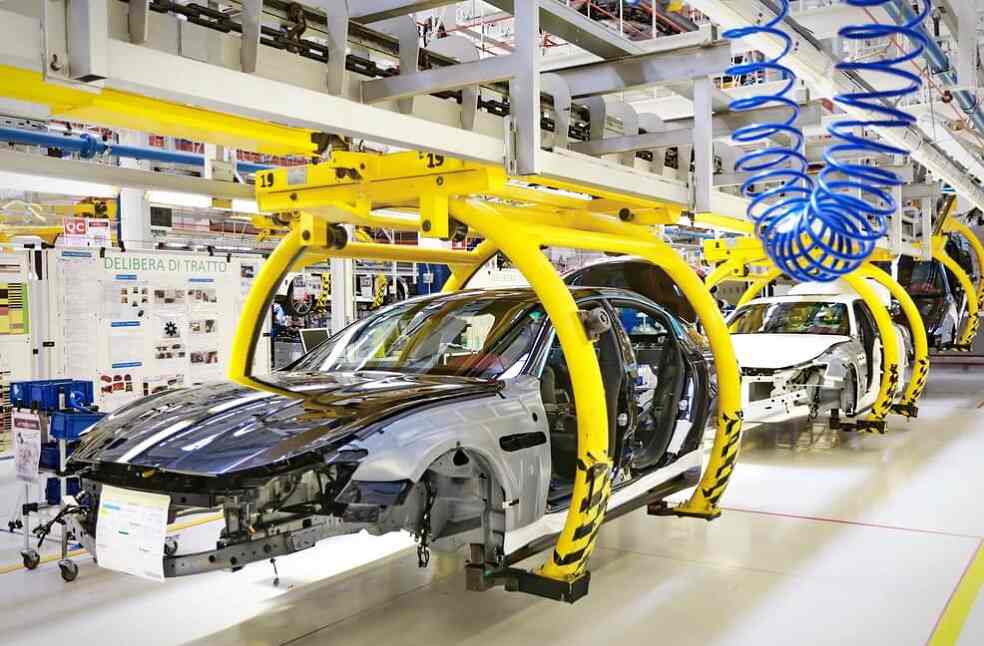The Ministry of Industry and Trade of Việt Nam has drafted a comprehensive plan designed to revolutionize the national auto sector by 2045. This ambitious auto vision, setting milestones through 2030, is slated for completion this June, with submission to the Prime Minister scheduled for September approval.
The strategy articulates a multifaceted approach aimed at enhancing domestic production, diminishing import reliance, and escalating global market integration. Proposed indicators focus on expanding market presence for locally manufactured vehicles, augmenting export volumes, and transitioning toward environmentally sustainable models.
Experts within the industry recommend that the plan prioritize advancements in technology and development of ancillary industries to solidify Việt Nam’s role as a pivotal player in the international auto parts and components markets. The initiative will emphasize turning the country into a major supplier within the worldwide automotive production network.

Building on previous initiatives targeting development through 2025 with foresight extending to 2035, this strategy underscored exploiting domestic resources and forging alliances with leading global auto manufacturers. Objectives included aligning automobile sector growth with national transportation infrastructure to satisfy domestic demands and elevate global competitiveness.
This strategy spotlighted the necessity for producing versatile trucks, passenger vehicles, and specialized machinery tailored to specific needs such as agriculture and regional transportation.
The current draft expands upon these principles, now prioritizing ecological sustainability, suggesting a production increase in hybrid, biofuel, and electric vehicles to comply with strict emission regulations.
Supporting the sector’s expansion, government legislation Decree 101/2021/ND-CP introduces import tax breaks for automobile components and spare parts. Additional regulatory adjustments to lower registration fees for domestically manufactured vehicles are expected to stimulate the market.

By 2035, the strategy anticipates an annual production target of roughly 1.5 million units, significantly enhancing both the domestic share and export capabilities. This plan also sets ambitious goals to bolster local component manufacturing to 65% within the same timeframe.
Critiques of the strategy highlight the necessity for responsive adaptations to the rapid technological and design evolutions characterizing the global automotive landscape, especially to maintain competitiveness against formidable regional industries such as those in China and Thailand.
As Việt Nam confronts these challenges, the enduring success of its strategic vision will hinge on its flexibility to align with both global automotive trends and evolving local market conditions, ensuring robust growth and international competitive edge for the foreseeable future.
LATEST | Iveco Bus Debuts Hybrid Crossway, Pioneers Sustainable Transit





